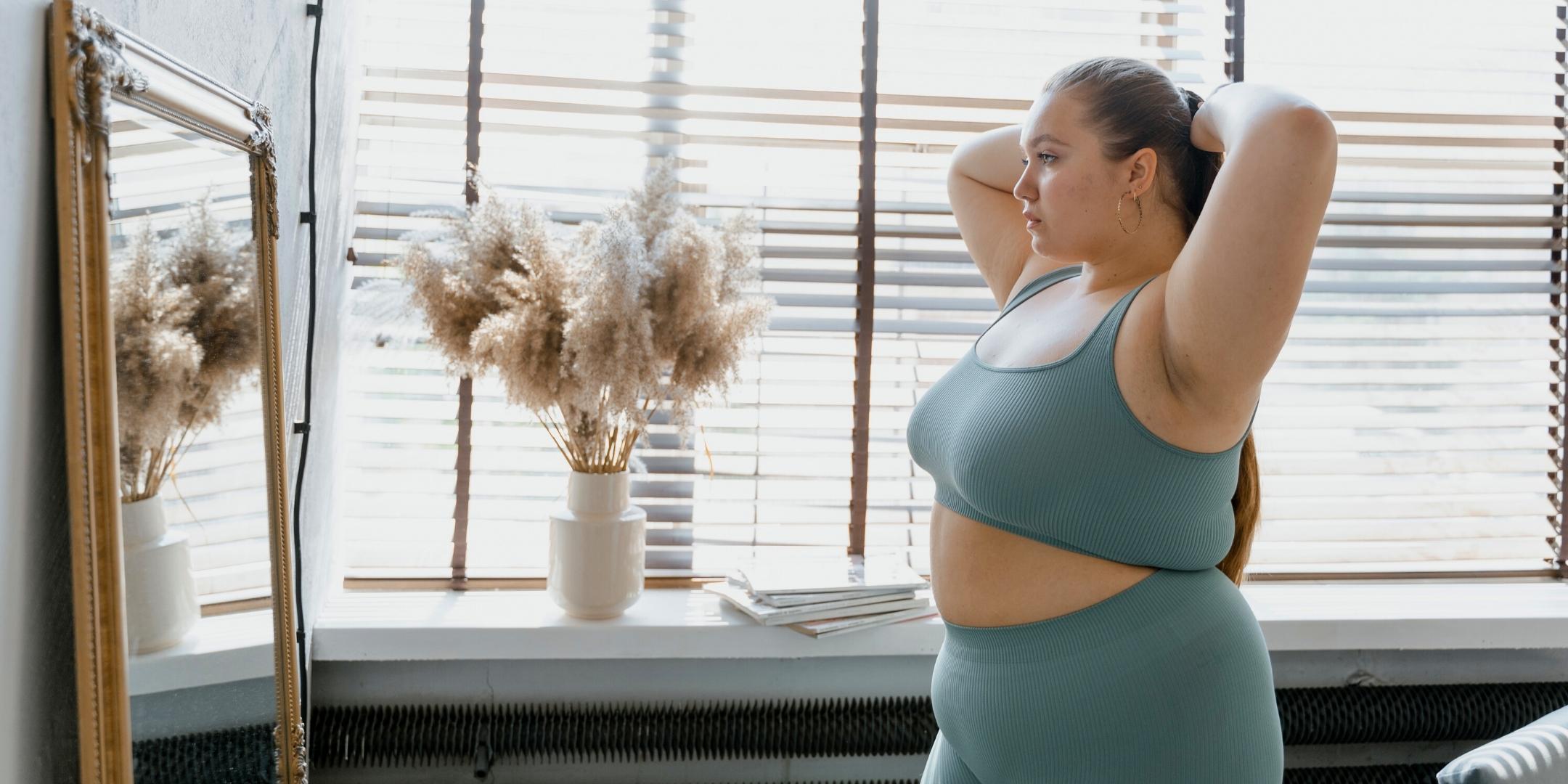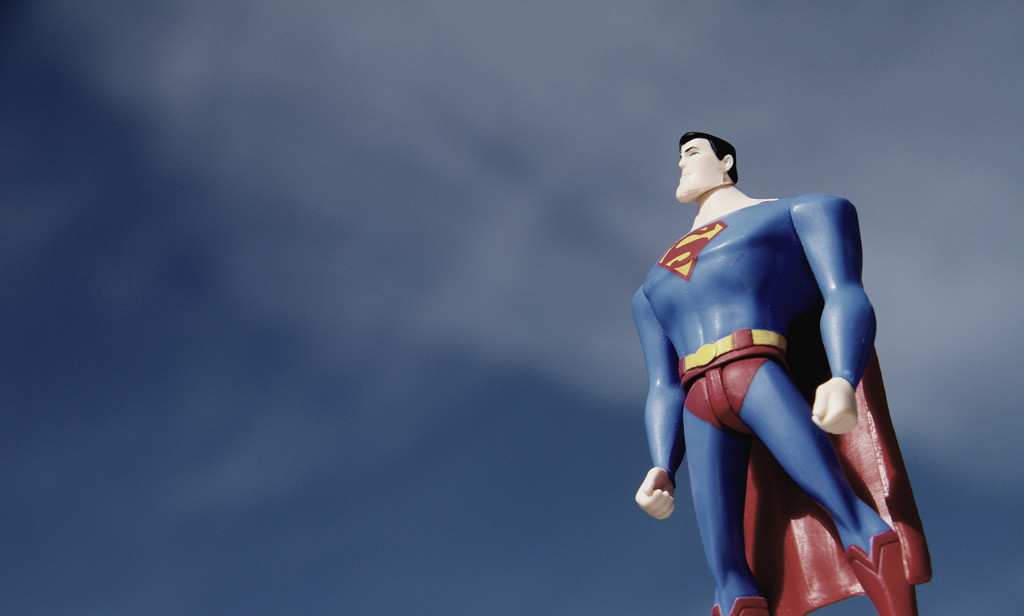Recent studies estimate that 20% to 40% of women and 10% to 30% of men are dissatisfied with their bodies, mostly due to weight issues and extra body fat.
People opt for various surgical procedures to get immediate and desired results in a short period.
Who doesn’t want to flaunt an hourglass figure and gain a lot of admirers?
However, when it comes to any type of cosmetic surgery, deciding whether to opt for the procedure or not can be a difficult one.
You may have doubts or second thoughts even after weighing the pros and cons. And Vaser liposuction is not an exception here!
Although it promises to remove undesirable fat and sculpt the body, you can’t be sure it’s the right option.
This article will offer you all the essential information you need to make an informed decision. Keep reading to find answers to your queries!
What Is Vaser Liposuction Procedure?
Vaser liposuction is a surgical procedure used to shape the body, create more defined waistlines, and improve body contours. It is a particular type of liposuction where ultrasound waves are used to break fat cells.
Basically, it loosens up your fat cells from the deeper tissues to successfully remove fat during the treatment by sending out a few ultrasonic frequency waves. It becomes quite easier for a plastic surgeon to remove the fat cells gently through the suction process once they are broken down. This procedure is also used to reduce the appearance of cellulite.
Vaser lipo is less invasive than conventional liposuction and can target specific areas with accuracy. Hence, people opt for body contouring with Vaser liposuction to enhance their overall look.
How Painless Is Vaser Lipo?
According to studies, the Vaser liposuction procedure is less painful than other liposuction surgeries, such as tumescent liposuction, wet liposuction, dry liposuction, super-wet liposuction, manual liposuction, and laser-assisted liposuction.
As the process is minimally invasive, you won’t experience muscle soreness beyond 24 to 48 hours. In fact, the surrounding tissues also experience very less damage. As there is no cannula movement, it causes less bruising and swelling, leading to faster recovery time.
However, the amount of pain a patient feels after the surgery depends on the area treated and the expertise of the surgeon.
Comparison Between Vaser Liposuction And Tumescent Liposuction
- Vaser lipo uses ultrasonic waves to break down fat cells and liquefy the cellulite. Then the fat cells can be removed from the body easily through a small incision. It is performed under local anesthesia (the patient is awake), but the targeted area is numb.
Tumescent lipo uses a saline solution to numb the targeted area and constrict blood vessels. This, in turn, causes swelling and leads to discomfort after the completion of the procedure.
- Doctors opt for Vaser liposuction to perform precise body contouring and to remove fat from fibrous areas, while Tumescent liposuction is mainly performed on larger areas of the body.
- Vaser liposuction might play a role in stimulating collagen production, leading to firmer and tighter skin in the treated area. On the contrary, you won’t get this benefit from Tumescent Lipo.
- The Vaser liposuction recovery time is quite less compared to Tumescent lipo because the ultrasonic energy causes little trauma to the surrounding tissues. You might have to deal with more swelling and bruising after the Tumescent liposuction procedure.
How Much Weight Can You Lose With Vaser Liposuction?
The amount of weight you can lose through the Vaser liposuction procedure mostly depends on how much fat you want to remove from the targeted areas. Typically, Vaser lipo can extract up to 5-6 liters of fat, equal to 10-12 pounds of fat.
Nevertheless, it is essential to note that this procedure is not a weight loss technique. You need to follow a healthy eating lifestyle and exercise regularly to maintain your weight and not gain fat deposits.
Targeted Areas For Vaser Liposuction
Vaser liposuction is commonly used to target areas such as
- Stomach and waistline
- Chest
- Arms
- Calves
- Thighs and hips
- Buttocks
- Back
- Love handles
- Knees
- Neck
In fact, you can easily opt for body contouring with Vaser liposuction and enhance the overall appearance of your body.
Along with the above areas, plastic surgeons also perform Vaser lipo to contour the face, such as the jawline, cheeks, and chin.
Who Is The Good Candidate?
Are you thinking of body contouring with Vaser liposuction?
It is an ideal procedure for any healthy individual who is following a proper diet and a regular exercise regime but might be struggling to remove the fat from specific areas of the body.
If you are extremely overweight and have poor skin elasticity, then this procedure might not be the best option for you.
You can consider Vaser liposuction if you have
• Stable weight: Vaser lipo is not a weight loss method. Patients need to have a stable weight and be close to their ideal weight before opting for Vaser.
• Good overall health: You need to be in good overall health, i.e., free from any serious medical conditions that could escalate the risk of complications.
• Good skin elasticity: Vaser Lipo shows excellent results if you have good skin elasticity. This allows it to retract and conform to the new body shape.
• Localized fat deposits: You are the best candidate for this surgery if you have localized fat deposits that are not responsive to a healthy diet or regular exercise.
• Non-smoker: If you are a smoker, then this procedure might not be for you! Because smoking can increase the chance of complications during and after Vaser lipo. You should be a non-smoker or be willing to quit smoking before surgery (at least a couple of months before and after the procedure).
• Realistic expectations: No doubt, Vaser liposuction can improve your body contours. However, it is not a miracle that will give you a dramatic transformation. Thus, you need to have realistic expectations about the procedure’s results.
Discuss with a qualified plastic surgeon to understand if Vaser Lipo is the right choice for you.
How Much Does Vaser Liposuction Cost?
The cost of Vaser liposuction can vary depending on the area being treated and the amount of fat being removed. Generally, the cost of Vaser liposuction is around $7000.
Vaser Liposuction Risks
Risks and side effects are:
- Bleeding and bruising after the surgery. Also, you might feel pain at the site of liposuction. Nonetheless, all these problems will go away within a few days.
- There might be constant swelling for a few days after the procedure.
- You might notice unfavorable scarring and skin discoloration after healing.
- Few patients get allergic reactions due to the use of anesthesia.
- Irregular contours and inadequate results are also seen in some cases.
You need to keep a tab on infections and other abnormal changes, such as fever, vomiting, yellow or green discharge, fatigue, and dizziness. If you get any of these symptoms, consult your doctor without a second thought!
Is Vaser Liposuction Right For Me?
Vaser liposuction is an invasive technique that can help to contour your body and reduce your fat deposits in specific areas. Still, you need to take into consideration the benefits and side effects before deciding. No doubt, it is always better to seek a second opinion.
Thus, make sure to get in touch with an experienced and qualified surgeon to determine if Vaser Lipo is the right procedure for you. Further, you must do proper research to find a trained and licensed surgeon.
In addition to that, find details about the surgeon(s) and how many years of experience they have in this field. Talk to them about your health issues and clarify your doubts about the procedure, if you have any.
FAQs
A: After 2 to 3 days of the procedure, you can take a shower. But avoid swimming until the wounds are fully healed and dry. If you don’t avoid swimming, there are high chances of infection.
A: You might not be able to see the results right away because bruises and swollen areas will take time to heal. Approximately after 3 to 6 months, you will notice visible results and modified transformation clearly.









